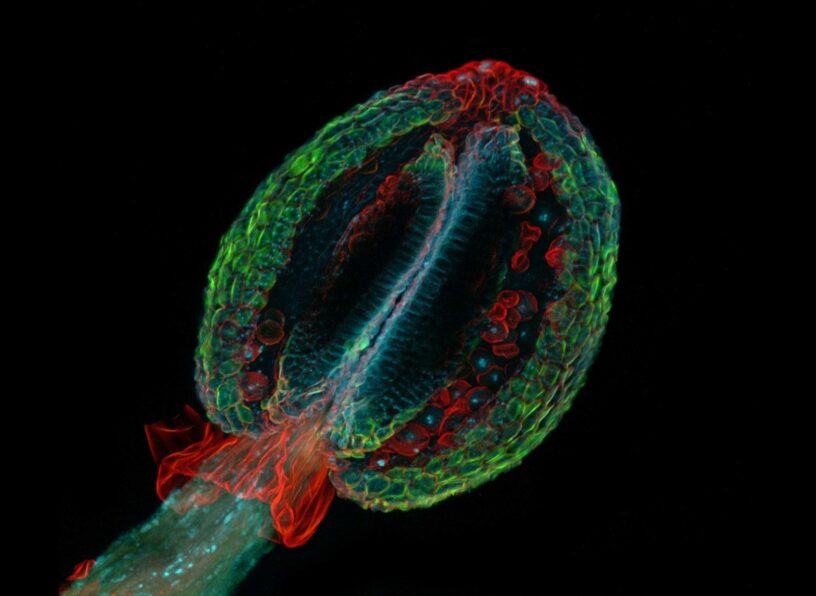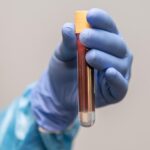What even is epigenetics?
Epigenetics is an emerging field that promises to revolutionize how we look at the genome and gene expression. It is based on the idea that external factors may promote or inhibit the transcription of specific genes without altering the DNA sequence. Previous studies have linked this concept with generational trauma and its impacts on future generations, but I believe the impact is much broader and unfortunately epigenetic mechanisms haven’t been throughly studied .
In this post we will explore one of the most well understood mechanism in epigenetics, the role of Polycomb Repressive complex 2 (PRC2) and its effects on nearby histones¹ in plants (Thale cress) based on Wang(2024).
The connection between SDG7/8 enzymes and PRC2 proteins.
The article Wang(2024) explains the connection between the effects of the PRC2 protein in plants and the presence of active SDG7 and SDG8 enzymes, which are essential for normal gene expression. Prior studies indicated that SDG8 played an important role in gene methylation so the investigators started looking more closely into SDG8 and pinpointed which other SDG enzyme had similar expression patterns. Turns out it was SDG7, an enzyme ALphaFold⁴ predicted would have a very similar structure, mainly the region responsible for catalysis. Following that line of thought, they focused on understanding the role of both proteins and created three groups for analysis using different SDG alleles. As it turns out SDG7 and SDG8 double mutants (both were inhibited) created abnormal patterns in 8.000 genes and that led to stunted growth in the plant.
The main idea here is that PRC2 protein is responsible for silencing genes by adding a modification called H3K27Me3 to nearby histones¹, and that SDG7 and SDG8 are responsible for H3K36 methylation², which prevents excessive silencing caused by PRC2.
Using Biotechnology to discover the role of SDG proteins
The above-mentioned observations were made by testing Multiple mutant plants and controls (non-mutant plants) using Chip-seq³. SDG7/8 enzymes were then linked to displacement of PRC2 from specific regions in the genome which prevents excessive silencing, allowing H3K36 methylation² to happen.
The effects of these two enzymes in Arabidopsis Thaliana, commonly known as Thale cress, is also made clear when you analyze plant health using. As previously mentioned in subjects where both proteins were absent, the plant showed developmental defects associated with the lack of H3K36 methylation and therefore it is safe to assume that the balance between PCR2 silencing and SDG7/8 enzymes enhancing gene activation are responsible for normal gene regulation in plants.
A stepping stone for other epigenetic studies
The influence of both enzymes SDG7 and SDG8, highlights the importance of epigenetic factors in any organism’s health. The fact that the presence or absence of 2 enzymes that are easily manipulable can have such a huge impact on the health of a plant organism shows that epigenetics is the future of health research and it may soon change the way we understand pharmacology, genomics and medicine.
The methods used in this study are theoretically easily replicable in other plant organisms and the success of this experiment cements the field of epigenetics as worthy investing field of science, making it easier for securing grants for future research.
Thank you for reading this, hopefully your interest in epigenetics increased a little. Maybe my next post will be based on your research, so go out there, try new things and explore this new realm. Good luck on your journey young scientists.
Vocabulary
[1]histones: proteins that help package DNA by providing structural support for the chromosome.
[2] Methylation: for the purpose of this post we will use methylation as a synonym to gene activation.
[3] Chip-seq: ChIP-seq is a technique used to identify where specific proteins bind to DNA across the genome. It uses cross-linking proteins that bind to DNA and then isolates the targeted DNA and performs sequencing to determine the DNAs binding sites. This helps researchers understand protein-DNA interactions and regulatory mechanisms, which is super important for epigenetics.
[4] Alphafold: Is an A.I tool developed by google (Deep mind) to predict protein structure based on their amino acid sequences.
Source:
URL: https://elifesciences.org/reviewed-preprints/100905v1
Yamaguchi, N., Yicong, W., Abe, M., Kadoya, Y., Saiki, T., Imai, K., Wang, X., To, T., Inagaki, S., Suzuki, T., Kakutani, T., & Ito, T. (2024). Arabidopsis SDG Proteins Mediate Polycomb Removal and Transcription-Coupled H3K36 Methylation for Gene Activation. https://doi.org/10.7554/elife.100905.1
image from: Dr. Heiti Paves, Nikon small world , URL: https://www.nikonsmallworld.com/galleries/2009-photomicrography-competition/arabidopsis-thaliana-thale-cress-anther









Leave a Reply
You must be logged in to post a comment.